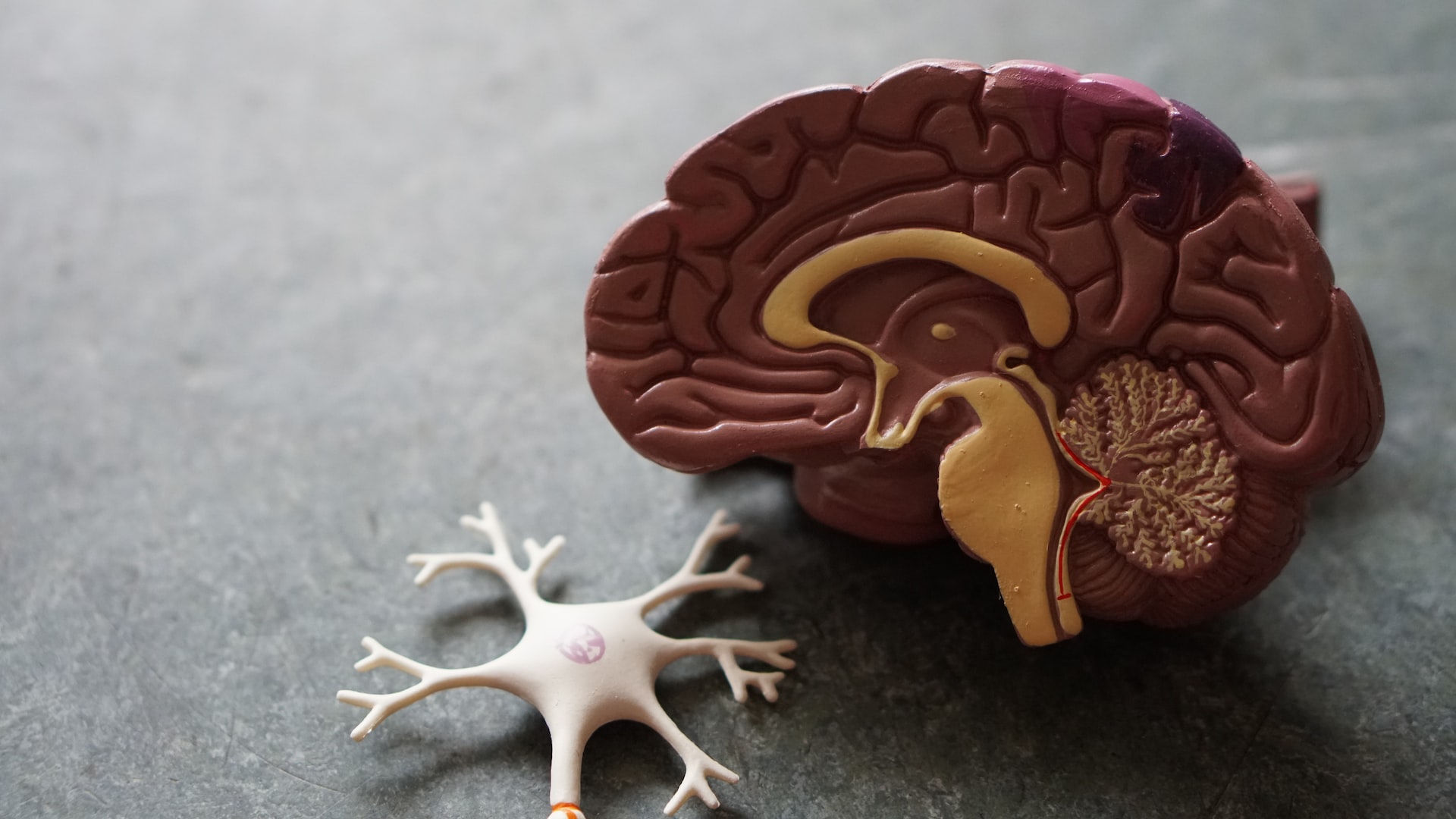What check-in methods can help me monitor my patient’s well-being throughout the day?
Monitoring a patient’s well-being throughout the day is crucial for providing effective care and ensuring their safety. There are several check-in methods that can help you achieve this goal, each with its own advantages and applications.
### Patient-Led Check-In Systems
Patient-led check-in systems allow patients to take an active role in their healthcare by using various devices to check in and provide necessary information. These systems can include:
– **Kiosks**: Patients can use kiosks to check in with minimal staff involvement, reducing wait times and enhancing patient satisfaction. Kiosks are especially useful in busy clinics where efficiency is key.
– **Mobile Devices**: Patients can check in using their personal mobile devices, which promotes confidentiality and flexibility. This method is ideal for patients who prefer to manage their healthcare privately.
– **Tablets**: Tablets offer a flexible and confidential check-in option, suitable for patients with mobility issues or those who prefer a more private experience.
These systems not only streamline the check-in process but also allow patients to complete pre-registration and clinical intake forms in advance, ensuring that all necessary information is available before their visit.
### Remote Patient Monitoring (RPM)
Remote Patient Monitoring is a powerful tool for continuously tracking a patient’s health outside traditional clinical settings. RPM uses devices like wearable gadgets, smart implants, and home monitoring tools to track vital signs such as heart rate, blood pressure, and glucose levels. This real-time data allows healthcare providers to intervene promptly if a patient’s condition worsens, reducing the risk of hospital readmissions.
RPM is particularly beneficial for managing chronic conditions and post-operative care. It enables healthcare providers to develop personalized care plans based on continuous data collection, ensuring that care is tailored to each patient’s unique needs.
### Mental Health Surveys
Mental health surveys are another effective method for monitoring a patient’s well-being, especially in terms of their psychological and emotional state. These surveys can assess symptoms of mental health disorders, stress levels, and coping mechanisms. By understanding a patient’s mental health status, healthcare providers can offer targeted support and interventions.
Surveys can be conducted through various mediums, including online platforms, email, or SMS, making it easy to collect feedback and adjust treatment plans accordingly. Ensuring patient confidentiality is crucial to encourage honest responses.
### Comprehensive Assessments
Comprehensive medical, dental, and mental health assessments are essential for creating personalized treatment plans. These assessments involve multiple encounters with healthcare professionals and are designed to address all aspects of a patient’s health. By integrating these assessments with ongoing monitoring methods, healthcare providers can ensure that patients receive holistic care that addresses their physical and mental well-being.
In conclusion, a combination of patient-led check-in systems, remote patient monitoring, mental health surveys, and comprehensive assessments can provide a comprehensive approach to monitoring a patient’s well-being throughout the day. Each method offers unique benefits and can be tailored to meet the specific needs of different patient populations.





